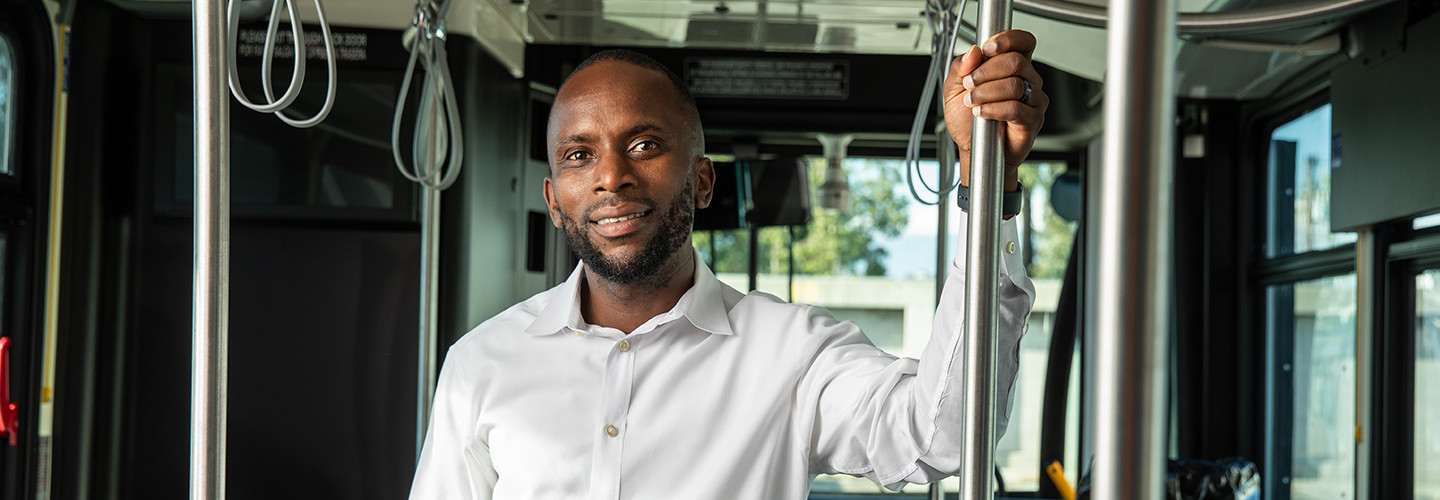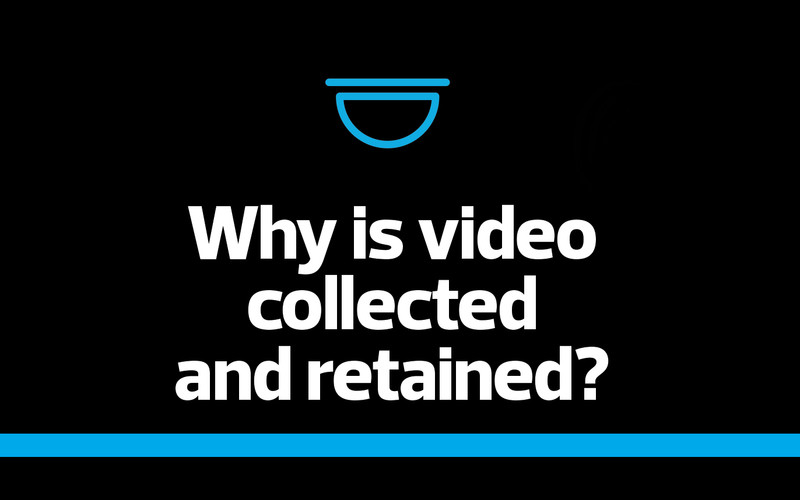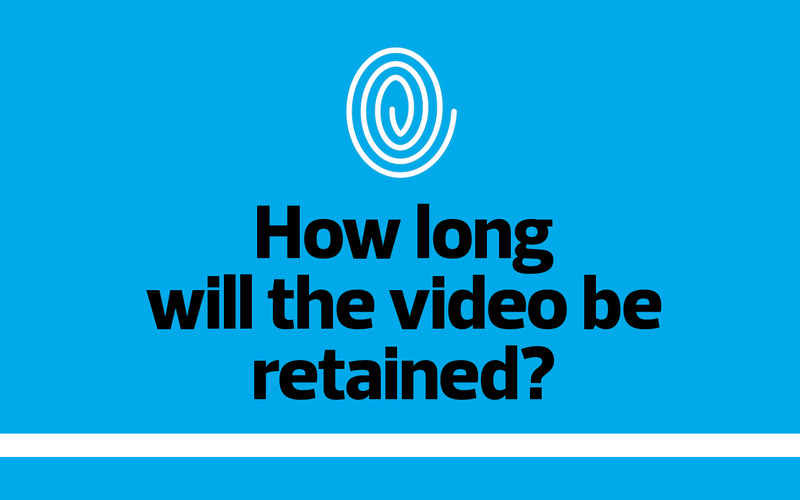On the New York City subway, crime rose 30 percent in 2022. In Washington, D.C., the Metro Transit Police Department reported a 125 percent increase in crime across its fleet of buses and trains. And in Los Angeles, crime occurring on transit properties rose 14 to 16 percent above pre-pandemic levels.
Video surveillance systems “aid in the deterrence and detection of security threats,” according to the American Public Transportation Association. Surveillance “can provide video evidence of occurrences throughout a transport system, aiding in response and detection of threat targeting and reconnaissance activities assisting post-event investigations.”
Such investigations may rely on dependable video object storage. In Montebello, Calif., the city recently decided to bolster its video surveillance capabilities — including storage capacity — for its bus lines.
Click the banner below to get more content on smart city solutions by becoming an Insider.
Before the upgrade, the city dealt with a variety of issues that compromised its ability to access critical video footage from its transit system. One of the most detrimental challenges was the limited one-week span in which footage was available. After that window closed, the footage was wiped from the server to free up storage.
“In the past, when we received these inquiries, we often weren’t able to retrieve the footage we needed because of the limitations of having only a week of backup,” says Rohan Anderson, a senior procurement specialist with the Montebello Department of Transportation.
Local governments may find it challenging to identify proper video storage for surveillance systems, and those challenges become greater when storing video surveillance files from moving trains or buses. Ideal object storage solutions for public transit systems should allow for transmission across a wide area; space and cost flexibilities; metadata tagging for geospatial data; and synchronization with time, distance and the speed of a carrier.
READ MORE: Data center optimization helps agencies do more with less.
More Efficient Surveillance and Storage Solutions
With its fleet of 72 buses, Montebello Bus Lines is the third-largest municipal bus system in Los Angeles County. Founded in 1931, the system serves 950 stops and more than 8 million riders each year. Although the crime rate in Montebello is well below the average throughout the county, the city realized that its transit system needed a significant update to bring it into the 21st century.
“We realized that what we had was not efficient,” Anderson says, “so we looked at what neighboring agencies were doing, including the types of systems they were using.”
Recognizing the need for a more robust and consistently accessible surveillance solution, Montebello sought not only to improve the quality of the video it recorded but also to lengthen its life span. To achieve that, the city knew it needed significantly greater storage capacity and ultimately invested in an object storage platform from Cloudian.
By implementing this solution, Montebello increased its storage capacity from a single week to more than a year, Anderson says. It’s also able to store footage directly on individual buses for up to a month.
Furthermore, Cloudian enables users to add metadata tagging to their surveillance video, making it easier to catalog and locate videos based on specific parameters such as time or location. Object storage is also more cost-efficient, allowing users to scale up as more footage is stored without investing in more storage capacity than they need.
“This is also a cloud-based infrastructure setup, which helps us to be more automated in how we download information from the bus,” Anderson says. “We have an easier streamlining process compared with what we had before.”
How Montebello Created a Strong Sense of Security
Montebello isn’t alone in its decision to heighten the video surveillance capacity on its public buses and transit options. Around the nation — and the world — municipalities are investing in stronger, more flexible, higher-quality surveillance solutions, largely to increase citizens’ sense of security when using public transportation.
That includes the Massachusetts Bay Transportation Authority, which serves more than 700,000 riders each week, 39 percent of whom rely on public buses. When the agency recently decided to upgrade its surveillance solution, it required the new technology to integrate with its existing Genetec Enterprise solution, says Lisa Battiston, MBTA’s deputy press secretary.
The agency ultimately chose Genetec Fleet Management, which offers improved storage capacity, live health and status monitoring, vehicle tracking and more. The buses carry the Genetec Security Center Omnicast system, which supports real-time video monitoring and centralized evidence storage.
79%
The percentage of public transit buses that have security cameras
Source: American Public Transportation Association, “2022 Public Transportation Fact Book,” January 2023
MBTA also simplified retrieval of stored video with Genetec. Authorized personnel can access stored surveillance video through the Omnicast system. Buses archive video to a central system through a wireless network when they pull into a terminal. Operators can retrieve stored video by filing a request through a customized tool.
“The top priority of the MBTA is safety and ensuring the protection of riders and assets,” Battiston says. “Having quality video systems on vehicles that integrate with our enterprise core systems is critical to investigations and operations.”




















